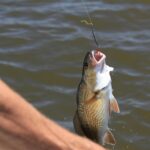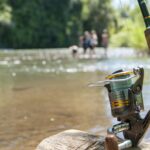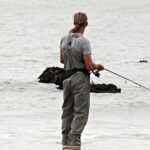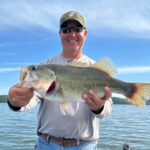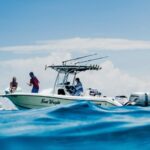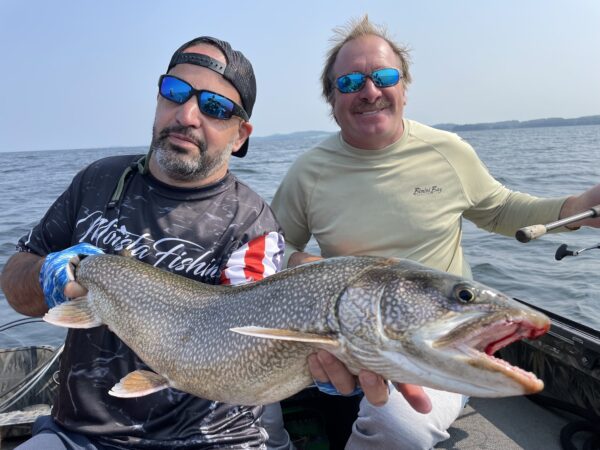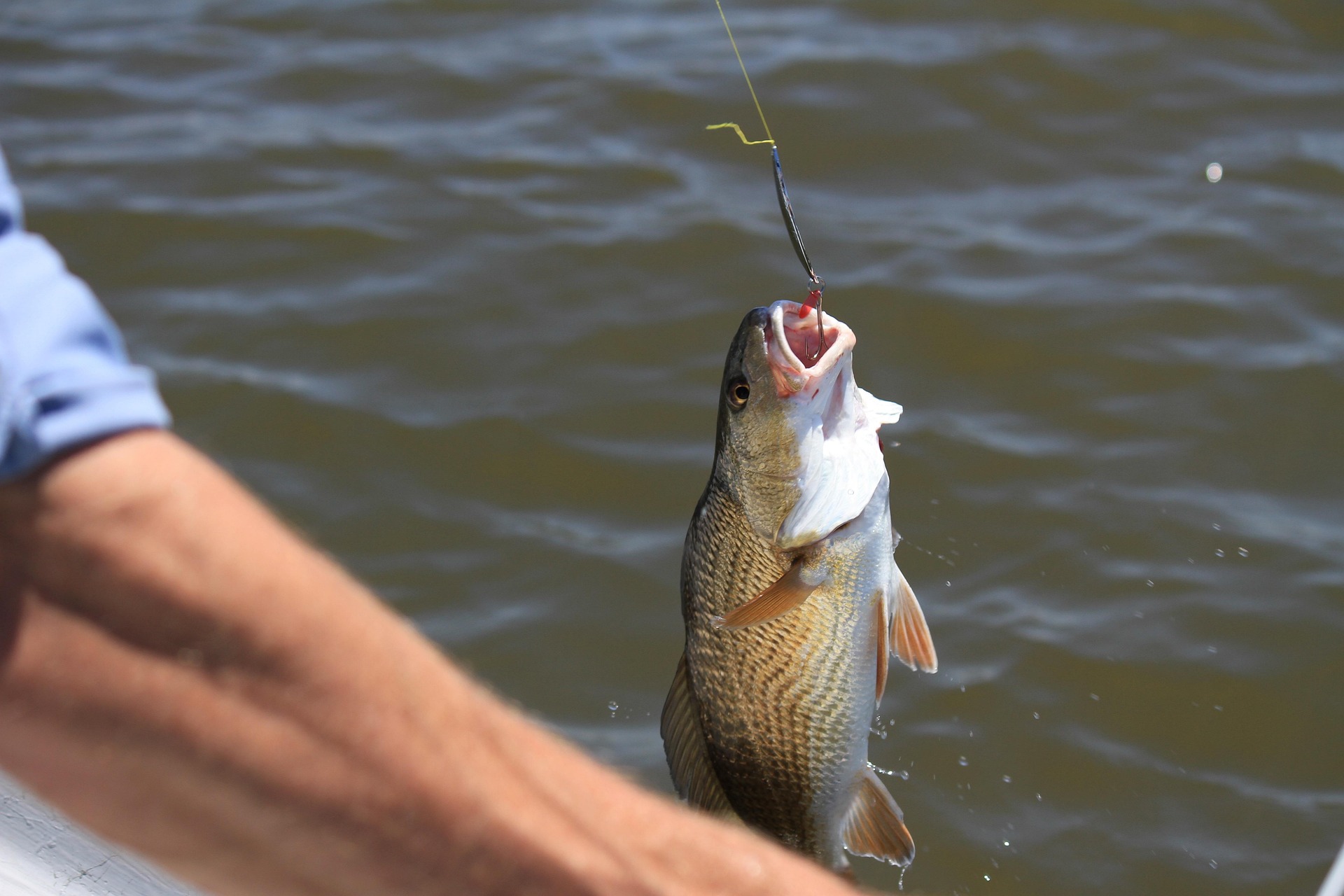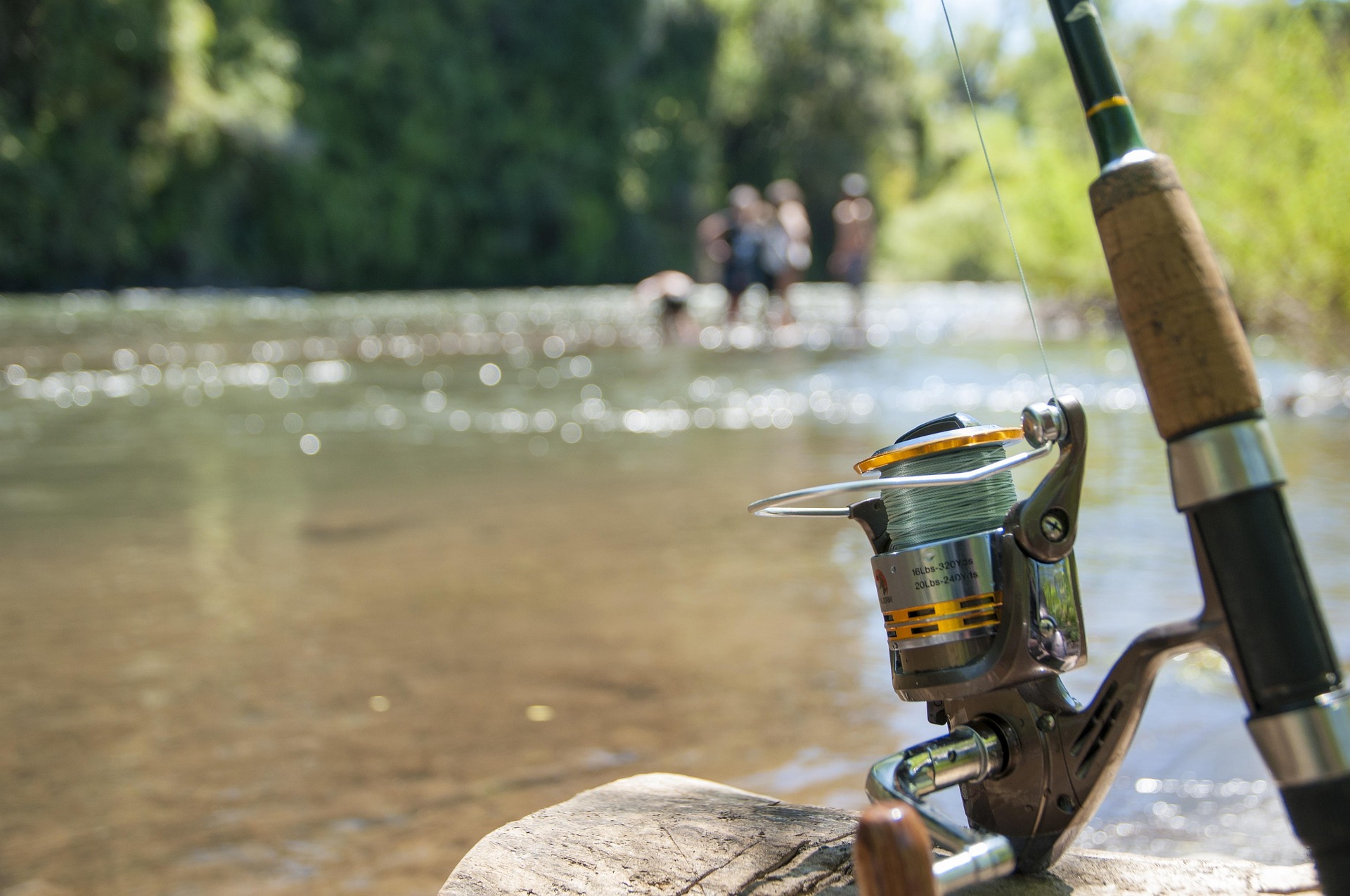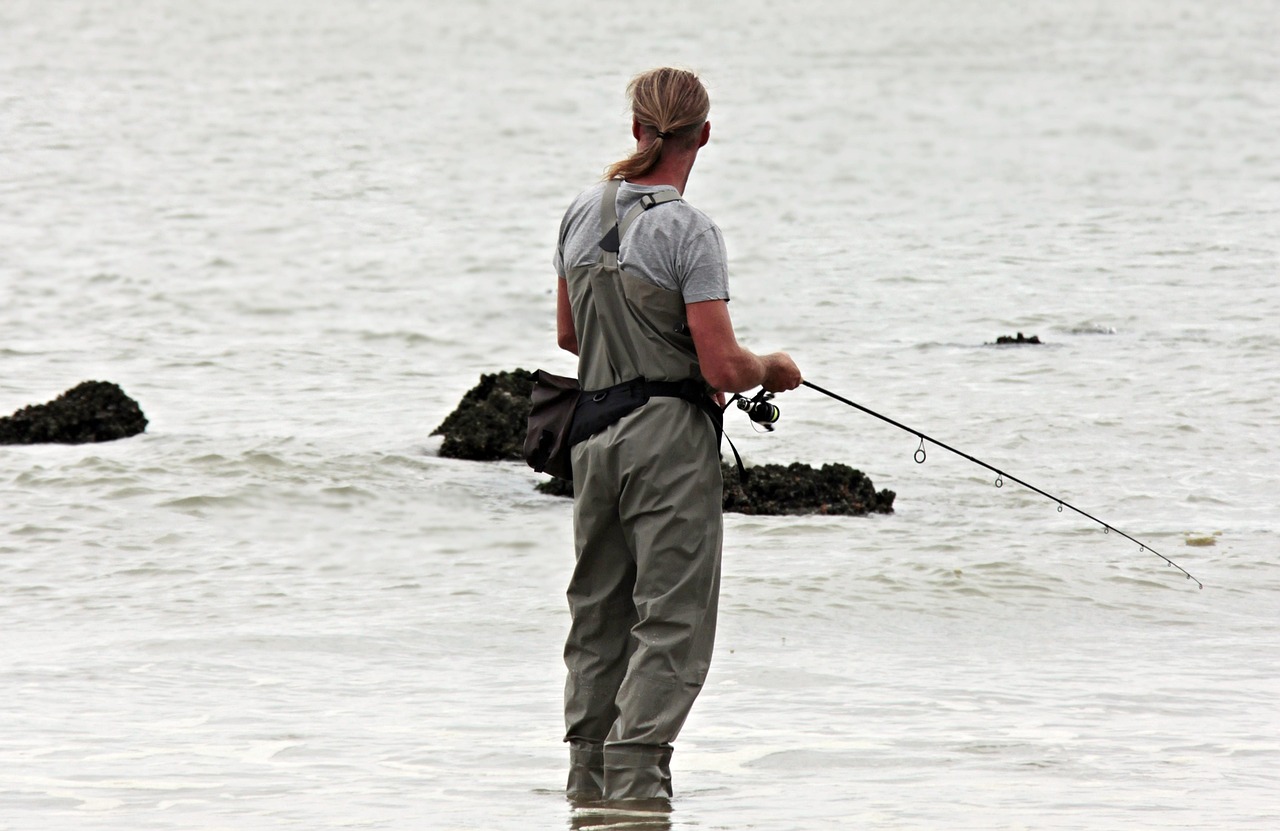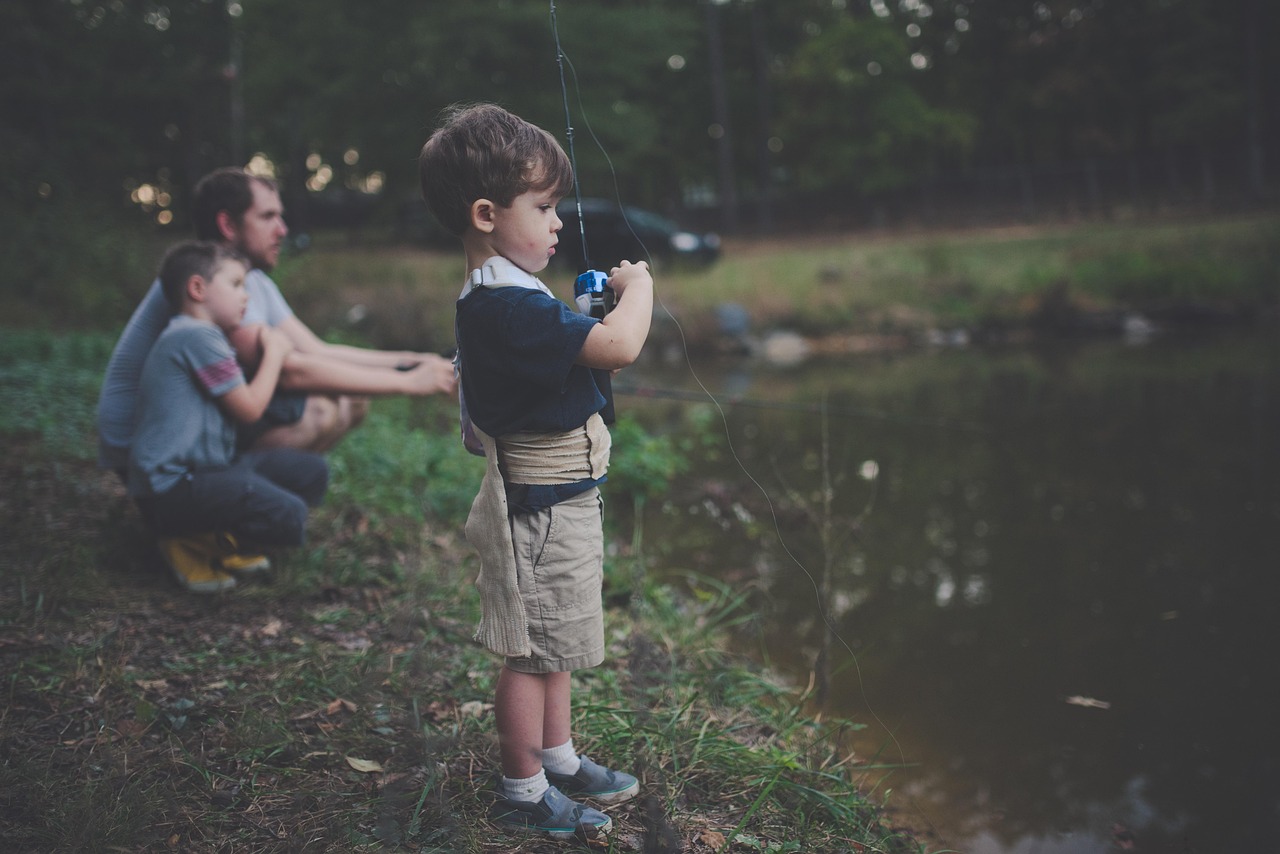When spring rolls in and the ice starts to melt, anglers across the country find themselves faced with a familiar question: Should I hit the river, or head to the lake? Both offer exciting opportunities as fish transition into their pre-spawn and spawning behaviors—but the way these waters warm, flow, and hold fish can make a big difference in how successful your trip turns out.
Let’s break it down and compare river fishing vs. lake fishing in spring, so you can decide where to cast your line for maximum results.
🎣 The Case for Rivers in Spring
Why Rivers Shine in Spring:
- Faster Warm-Up: Moving water can warm quicker in shallow stretches, especially in smaller streams and tributaries.
- Consistent Oxygen & Food Supply: Rivers stay oxygenated and are constantly bringing in food, which keeps fish active.
- More Predictable Movement: River fish tend to follow current seams, eddies, and structure—making them easier to locate.
- Species Variety: Smallmouth bass, walleye, trout, catfish, and more move into feeding lanes or spawn-friendly gravel beds.
Hot Spring River Patterns:
- Walleye: Often the first to move in spring. In March and April, they run upstream to spawn and are aggressive on jigs and crankbaits.
- Smallmouth Bass: Hang near rocky banks and eddies as they wait for stable temps to begin spawning.
- Trout: In cold-water systems, spring hatches kick off heavy feeding. Use nymphs, streamers, or spinners in active runs.
✅ Best River Tactics in Spring:
- Use soft plastics, jig heads, or live bait near current breaks.
- Cast upstream and let your bait drift naturally into feeding zones.
- Focus on sunny afternoons—rivers can warm up quicker in narrow areas with good sun exposure.
🛶 The Power of Lakes in Spring
Why Lakes Still Rule for Some Anglers:
- Bigger Fish Potential: Larger bodies of water often hold bigger, older fish—especially largemouth bass, northern pike, or crappie.
- Diverse Structure: Lakes offer weed beds, drop-offs, coves, and more variety in cover.
- Pre-Spawn Feeding Frenzy: Fish in lakes feed aggressively before bedding, especially when water hits the low 50s.
Key Spring Lake Species:
- Largemouth Bass: Move into shallow, protected areas and can be sight-fished during the spawn.
- Crappie: School up near brush and docks—perfect for light tackle or spider rigs.
- Bluegill & Sunfish: Push shallow when water consistently hits 60°F—great fun for family fishing.
✅ Best Lake Tactics in Spring:
- Fish shallow bays and northern shores—they warm first.
- Throw soft jerkbaits, spinnerbaits, or finesse worms along shallow cover.
- Use electronics to locate baitfish pods—predators are usually nearby.
🌦️ Environmental Factors: Lakes vs. Rivers
Spring Rainfall:
- Rivers can become blown-out and muddy quickly after heavy rain, making them harder to fish.
- Lakes, while affected by runoff, tend to stabilize quicker and provide more consistent clarity in protected areas.
Wind:
- Wind can make lakes tough to fish from shore or small craft, while riverbanks often provide natural shelter.
Water Clarity:
- Lakes often offer clearer water earlier in the season, helping with sight fishing.
- Rivers with high flow and snowmelt may take longer to clear up, but they still produce bites with the right presentation.
🏆 So… Which Produces More in Spring?
The Verdict: It Depends on What You’re After
| Goal | Better Option |
|---|---|
| Early action | Rivers (Walleye, trout) |
| Trophy bass | Lakes (Pre-spawn largemouth) |
| Consistent numbers | Lakes & Ponds (Crappie, panfish) |
| Adventure & solitude | Small rivers/creeks |
| Family-friendly | Ponds or small lakes |
| Versatility | Rivers with tributary systems |
If water temps are still cold and you’re itching for early action, rivers might give you the edge. But as temperatures climb into the 50s and 60s, lakes offer excellent opportunities for both numbers and size, especially with bass and panfish.
🧭 Final Thoughts
The beauty of spring fishing is that there’s no one-size-fits-all answer. Some days, a river bend might produce nonstop action. Other days, that quiet cove in your local lake could hold a monster bass.
Our advice? Try both. Start with a fast-moving creek or a small river when waters are still chilly, and transition to bigger lakes as the season matures. Mix it up, stay mobile, and let the fish—and the conditions—guide you.
And most of all, enjoy the fact that fishing season is finally back.
Tight lines this spring, no matter where you fish! 🎣

